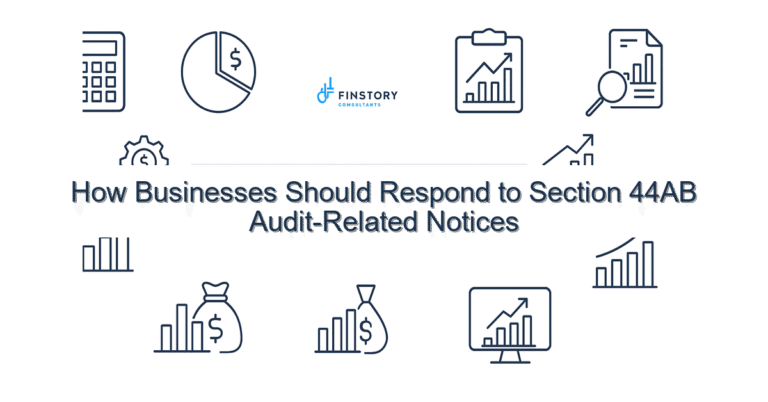When Should You Drop a Low-Margin Product or Service?
Not all sales are good sales.
Just because something is selling doesn’t mean it’s serving your business.
One of the trickiest calls a founder has to make is whether to keep offering a product or service that just doesn’t pull its financial weight. If your margins are razor-thin, it may be time to step back and ask the tough question:
“Is this worth it anymore?”
Let’s walk through how to figure that out — and what to do next.
What Counts as “Low-Margin”?
Margin is what’s left after covering the direct costs of delivering a product or service. In other words:
Profit Margin = Revenue – Direct Costs
For many industries, a gross margin below 20% is a warning sign.
In service businesses, anything under 40–50% can be tough to sustain — especially when overhead and admin time are factored in.
Real-World Example: Marketing Agency
A boutique agency offered a $500 “starter” website package to attract small clients. It was popular — but when they crunched the numbers, it barely broke even.
Why?
- Too much back-and-forth with clients
- Manual work from senior designers
- No opportunity to upsell
After they dropped it, they focused on larger, value-based branding projects and increased average deal size by 3x — with healthier margins and less burnout.
Hypothetical Scenario: Product-Based Business
Imagine a company that sells custom notebooks. Their lowest-priced SKU — a $12 pocket-sized version — sells frequently but has:
- High production cost (small runs = poor economies of scale)
- High packaging cost per unit
- Minimal profit after fees and shipping
Worse? Most buyers don’t buy anything else.
The owner reviews performance and decides to:
- Discontinue the SKU
- Repackage the design as part of a bundled set
- Focus on higher-margin products like planners and journals
Within one quarter, profitability improves even though total units sold decline.
Signs It’s Time to Drop (or Rethink) the Offer
Here are a few key red flags to watch for:
1. 📉 Margins Are Too Thin
If you’re making pennies on the dollar — especially after time, software, packaging, or labor — it’s time to re-evaluate.
2. 🕒 It Eats Up Time
Some low-margin offers require a ton of back-end work or customer service. Time is money, too.
3. 💬 Customers Only Want the Cheap Option
If the low-margin offer attracts price-sensitive buyers who don’t convert to higher-tier services, it’s not doing your business any favors.
4. 😫 It Drains Your Team
Even if it’s profitable on paper, if the team dreads the work or it disrupts workflow — that’s a hidden cost.
5. ❌ You Can’t Raise the Price
If the market won’t bear a higher price and the costs keep creeping up, it’s a losing game.
What to Do Instead
Dropping a product or service doesn’t always mean killing it outright. Here are smart alternatives:
- Reposition or bundle it with a higher-margin offering
- Automate delivery to reduce labor
- Set a minimum spend to access it (e.g. only available with premium plans)
- Raise the price and see who stays
- Offer it seasonally or in limited batches to control volume and effort
The goal is to keep your energy and resources focused on what moves the needle.
Where a Virtual CFO Can Help
A Virtual CFO brings objectivity to the decision. They’ll:
- Analyze your product/service mix by margin contribution
- Forecast the impact of dropping or adjusting an offer
- Spot patterns across time or customer segments
- Help build pricing models or bundling strategies
This isn’t just about cutting — it’s about optimizing for profitability.
Final Thought
It can feel scary to let go of a product or service that’s been with you from the start. But clinging to low-margin offers can hold your business back from growth.
Sometimes, letting go of “okay” is the only way to make room for great.
Take a moment to review your offer list. What’s really driving profit — and what’s just taking up space?
When you know, you can act confidently.
And if you want a second set of eyes? That’s what strategic finance partners (like a Virtual CFO) are here for.






